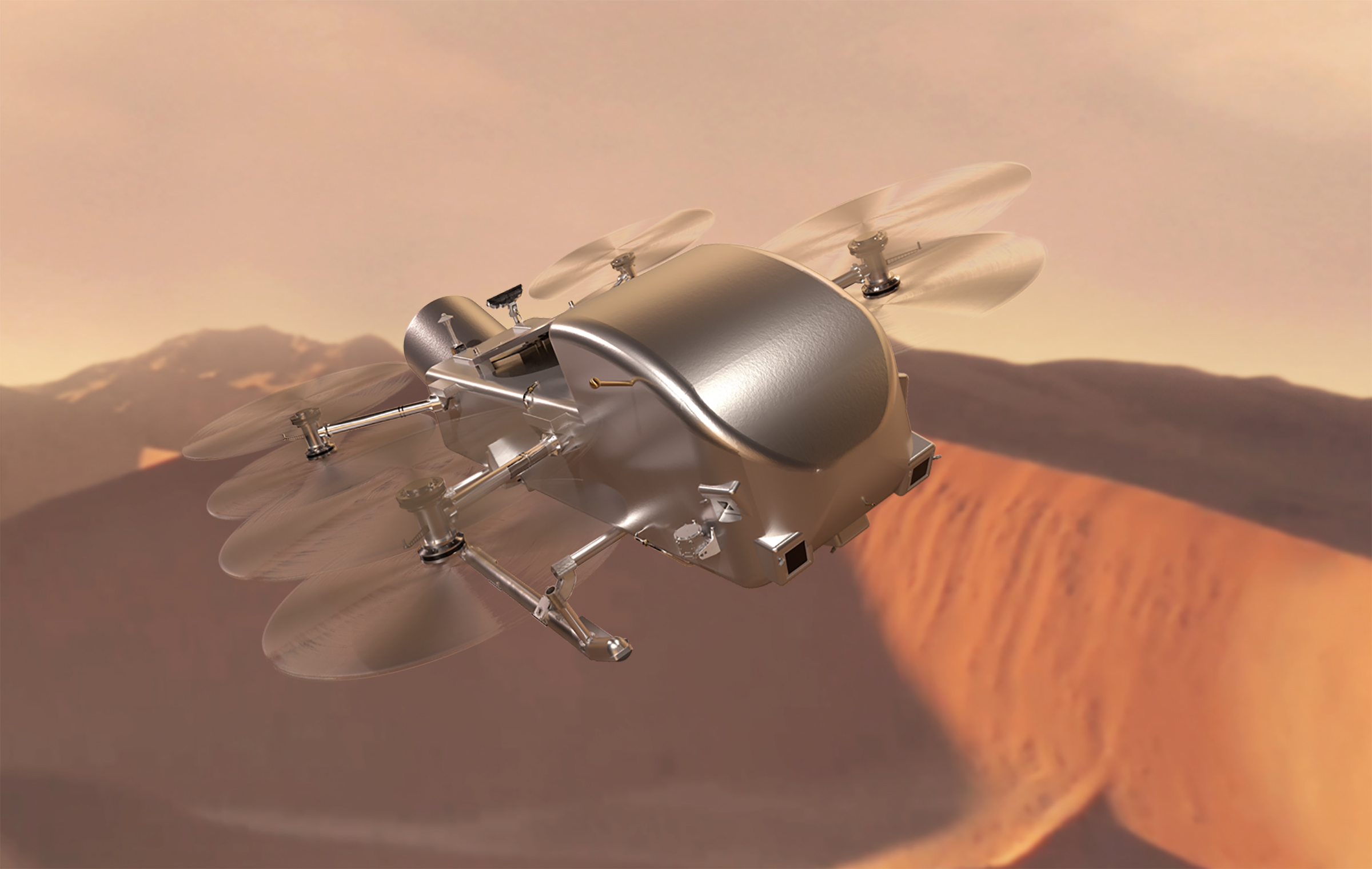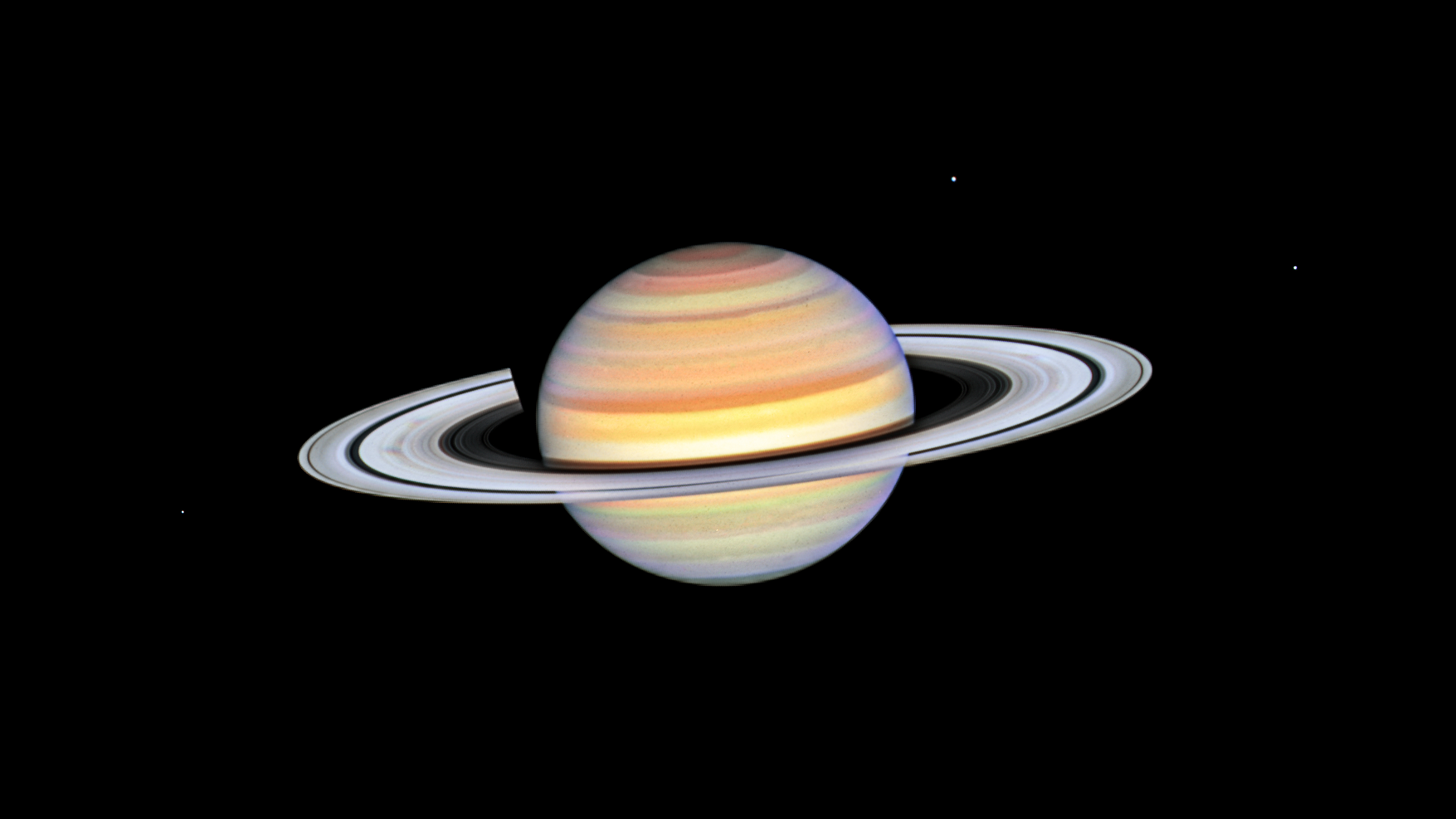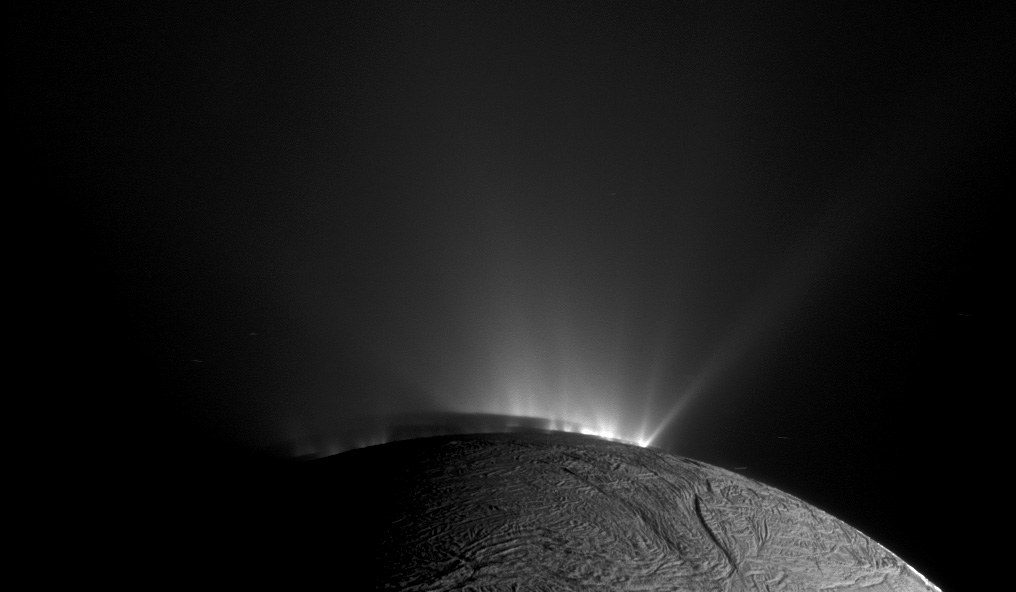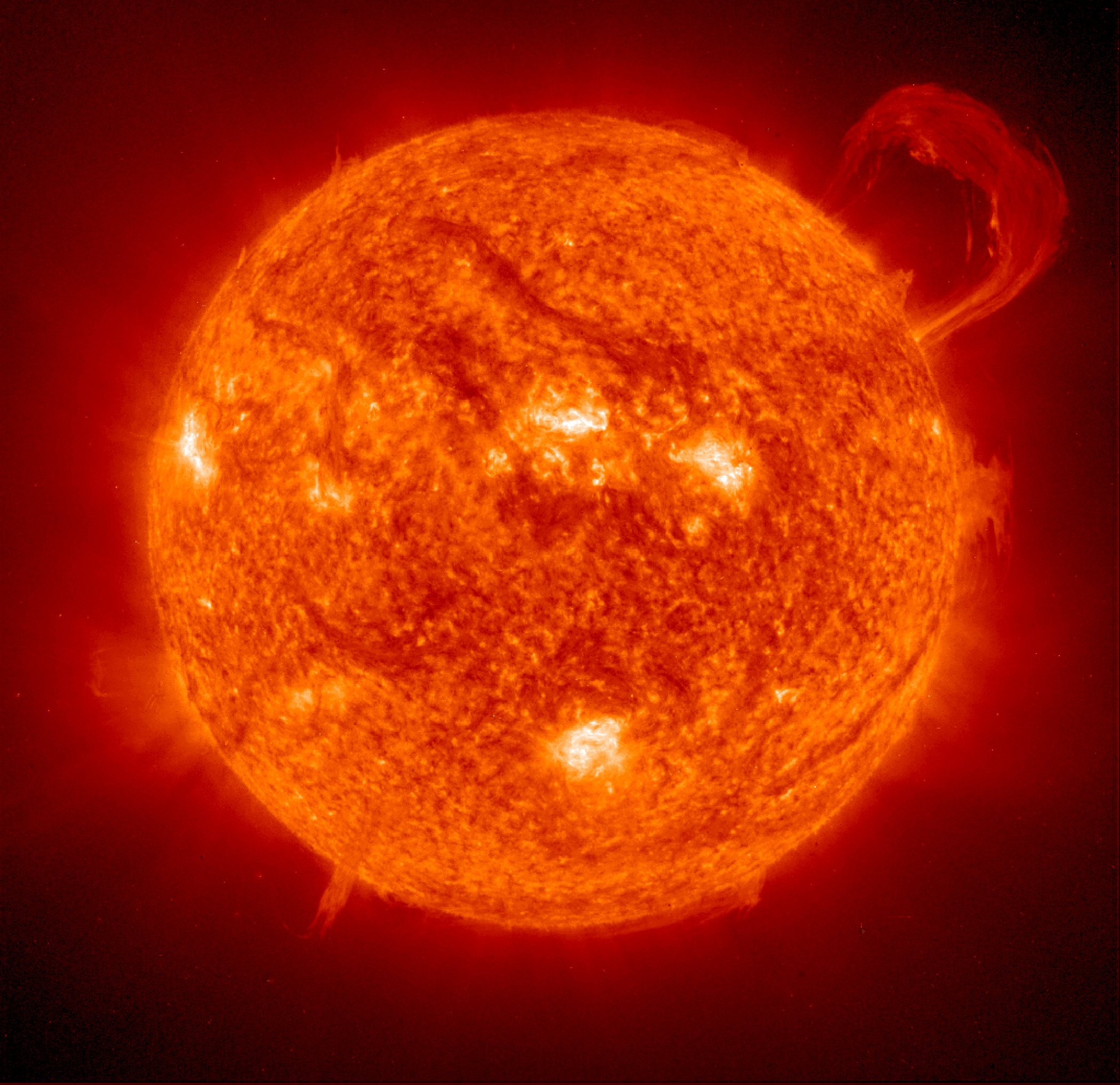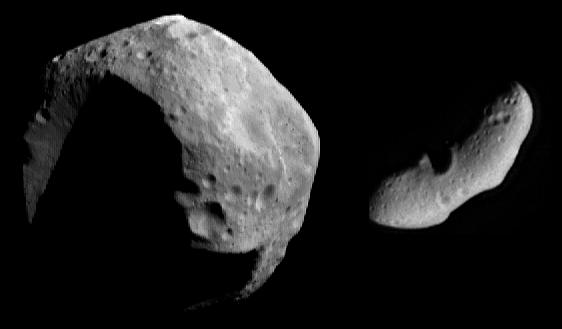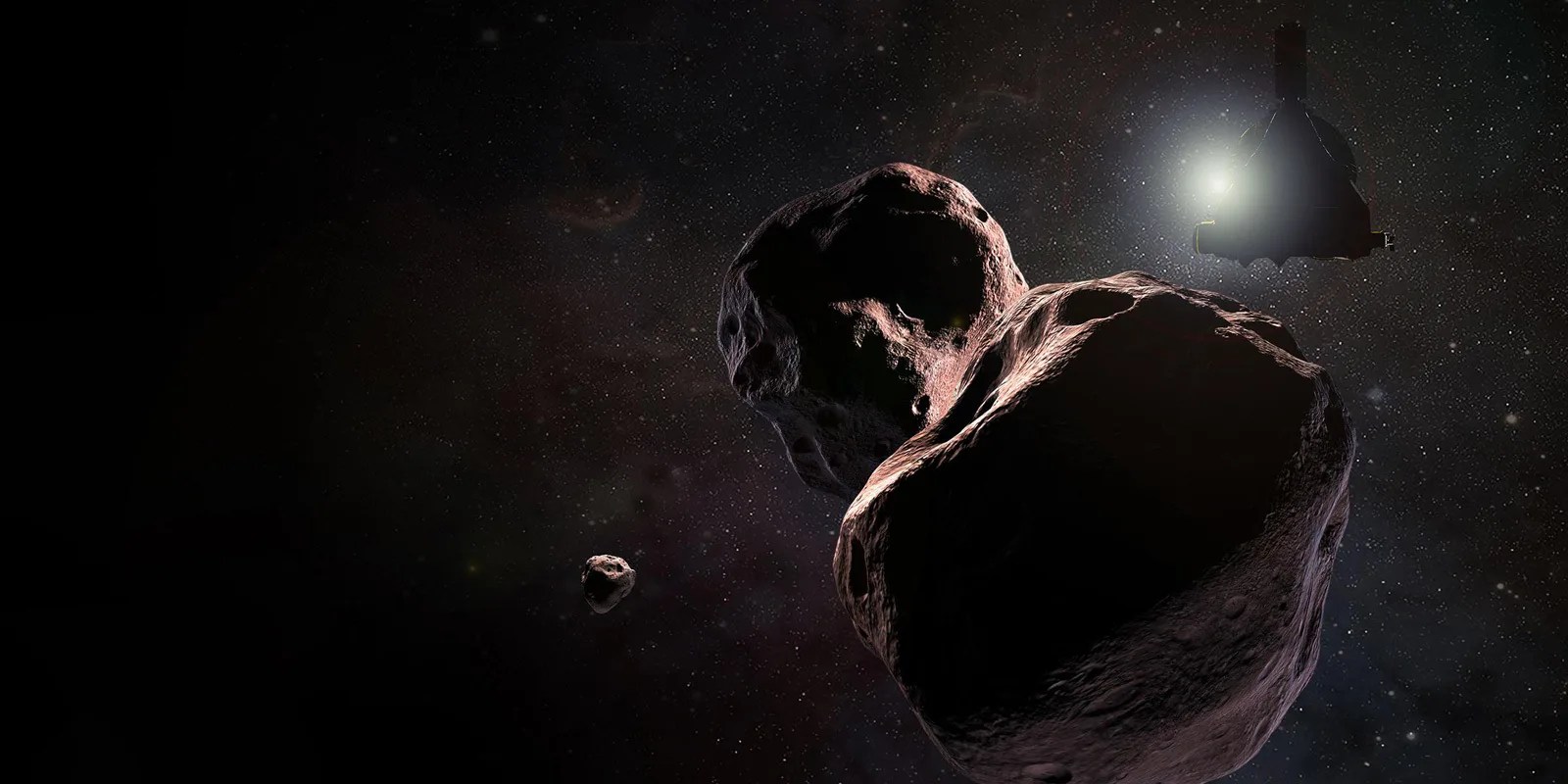1 min read

Cassini’s cameras look in one direction; some of the spacecraft’s particle detectors look in another. Having both types of instrument observe Titan’s atmosphere at the same time, or the same latitude, or even on the same flyby can be difficult. This is why Cassini scientists are excited about the T-118 flyby. This encounter features a complex, joint observation by two instruments. It is the only flyby in the mission where the Ultraviolet Imaging Spectrograph (UVIS) and the Ion and Neutral Mass Spectrometer (INMS) will observe Titan's atmosphere simultaneously at the same latitude.
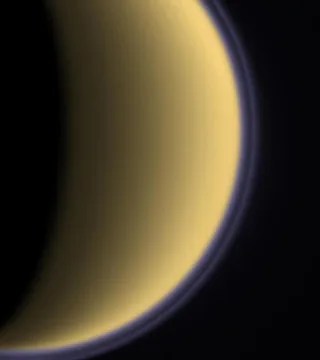
Earlier comparisons of atmospheric density made at different latitudes and times are difficult to reconcile. Having two instruments at work simultaneously provides less variability in the data.
The UVIS occultations are near north and south polar vortex boundaries; unusual patterns of gas abundances and temperature are seen in these regions in the south. Both hemispheres are interesting because they sample a dynamical regime that is not typical of the rest of Titan's atmosphere.
Date
Apr. 4, 2016
Altitude
615 miles (990 km)
Speed
13,198 mph (5.9 km/sec)

